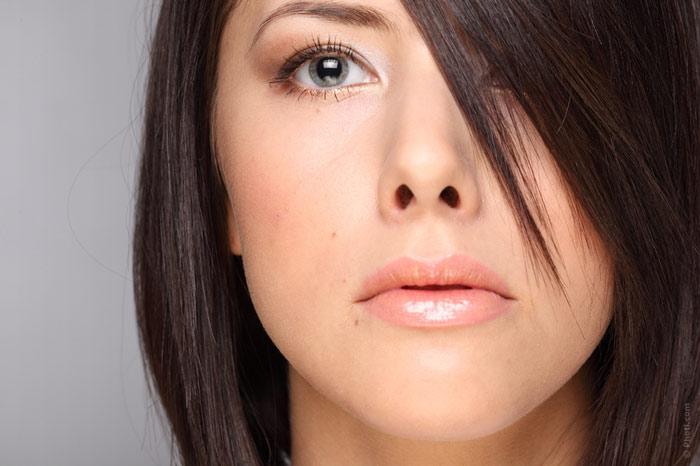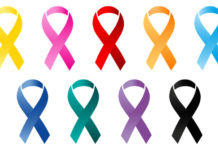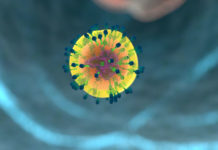
Sometimes small details in the appearance can dramatically affect our health. One of these seemingly small things is a mole.
Almost everyone has moles. Moreover, doctors and scientists report many interesting facts about these specks: on average, one can normally find about 50 moles (!) on the human body. Some of them are visible, others are almost invisible, some may appear during the lifetime, and others even disappear with age! It is not surprising that such a mysterious phenomenon has attracted people’s attention since ancient times, which resulted in all sorts of beliefs and predictions. The birthmarks were even called “signs of fate.”
However, despite all beliefs one should not forget that a mole is an area that requires special attention. The fact is that most often moles transform into a mole melanoma (although the latter can also occur anywhere on the body) – malignant tumors. Of course, this rebirth happens for some reason: 40 percent of melanomas occur on the site of the injured mole – with a belt, hairbrush, razor, straps, the buckle of a bra, a bag on the shoulder, constant touching during dressing etc. So what should you keep in mind if you have a mole?
As already mentioned, the mole cannot be injured mechanically. Therefore, take precautions: avoid permanent pressing, rubbing, and touching moles.
1. Do not remove moles or hairs from them on your own
In particular, do not resort to such barbaric practices as tugging round moles with a thread, treating it with vinegar; plucking hairs from the moles with the help of tweezers, removing them with wax or a hair removal cream. You also cannot affect the moles with laser or liquid nitrogen, stick a patch to the mole – except the injury itself, you will create a harmful greenhouse effect.
2. Carry out self-examination
We hope our readers know that a woman should undergo monthly inspection and palpation of the breast. Combine both self-examination processes – it will be easier to remember to inspect the moles monthly. What should you pay attention to? You should see a doctor if you notice a change in color, size, shape, density of the moles, the appearance of the contour, loss of hair from the surface of the mole, the presence of bleeding. If you periodically forget about self-examination, at least inspect the moles at the beginning and at the end of summer, noting the changes.
3. Gently care for the skin of the face and body
It is not allowed to use scrubs with large particles and hard sponges, including the peeling effect sponges. Unless you learn not to touch moles during these procedures.
4. Limit exposure to the sun and the time in the tanning bed
Ultraviolet rays are considered to be risk factor #1 for the owners of moles. Therefore, if possible, do not go to a solarium, and if you decide to relax on the beach, you should eliminate the risk period from 11 to 16 hours and use a high-quality sunscreen.
5. Travel wisely
If you decide to visit a hot country, choose the fall rather than the warm season. If, however, you travel during the hot season, it is useful to see a doctor (dermatologist-oncologist) on arrival – especially if there are a lot of moles on your body.
6. Control your new moles
Explore places where you have a new mole – if it is constantly exposed to injury, it is best to remove the speck until it starts growing. Such a mole is a ticking time bomb!






